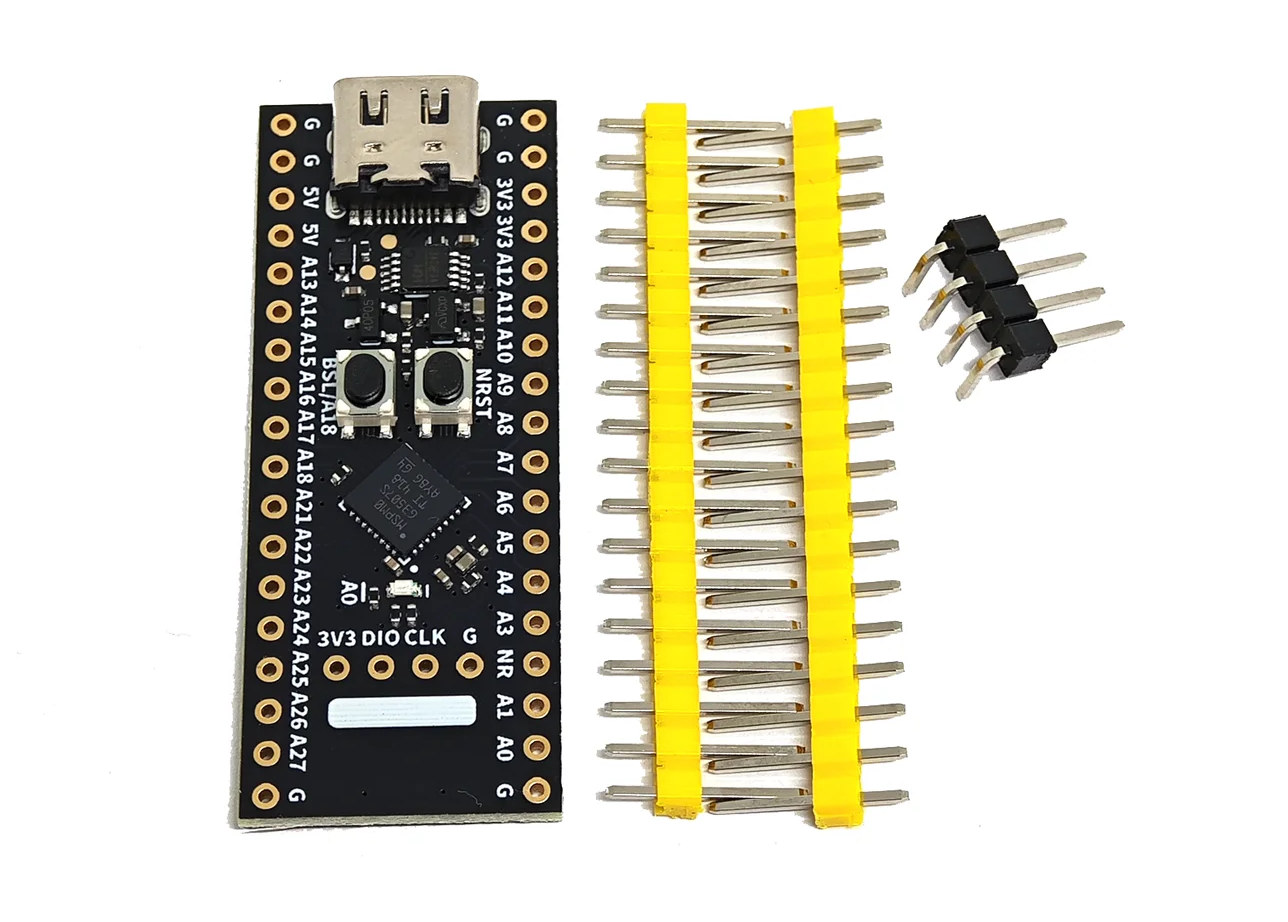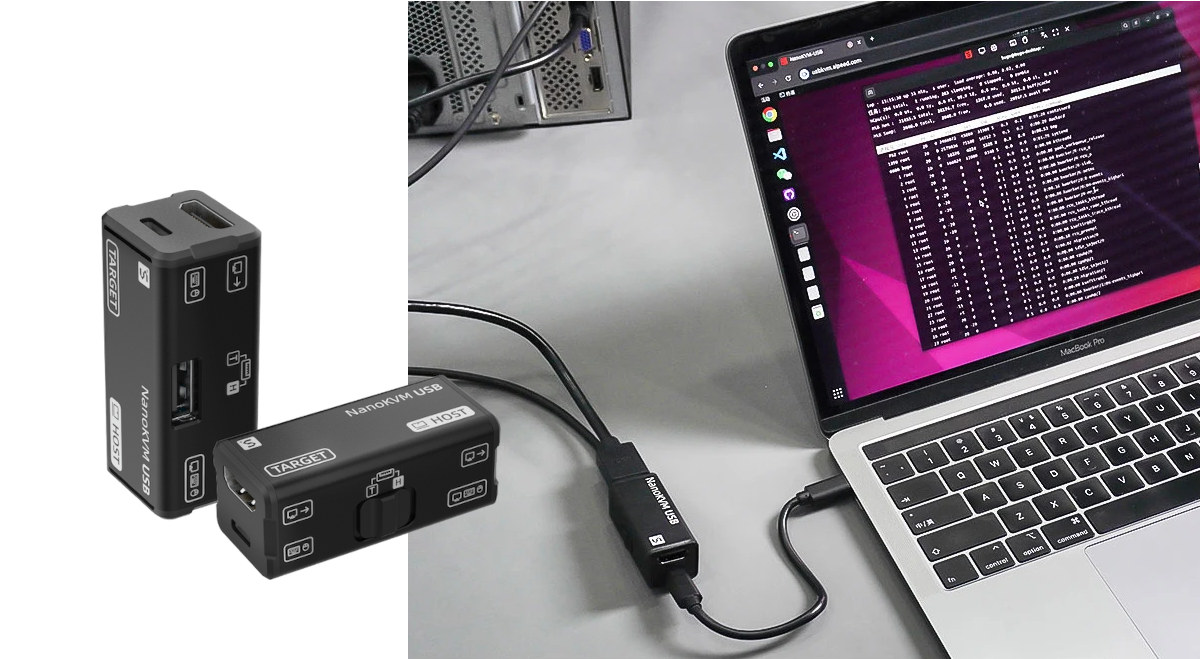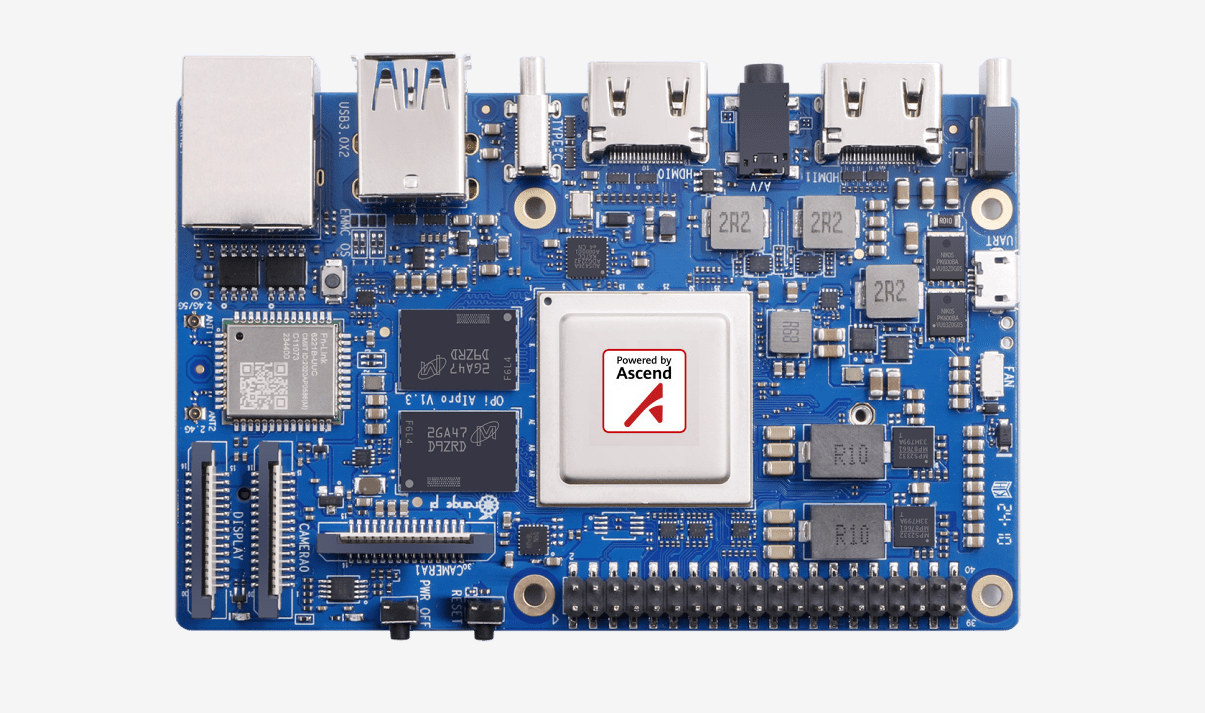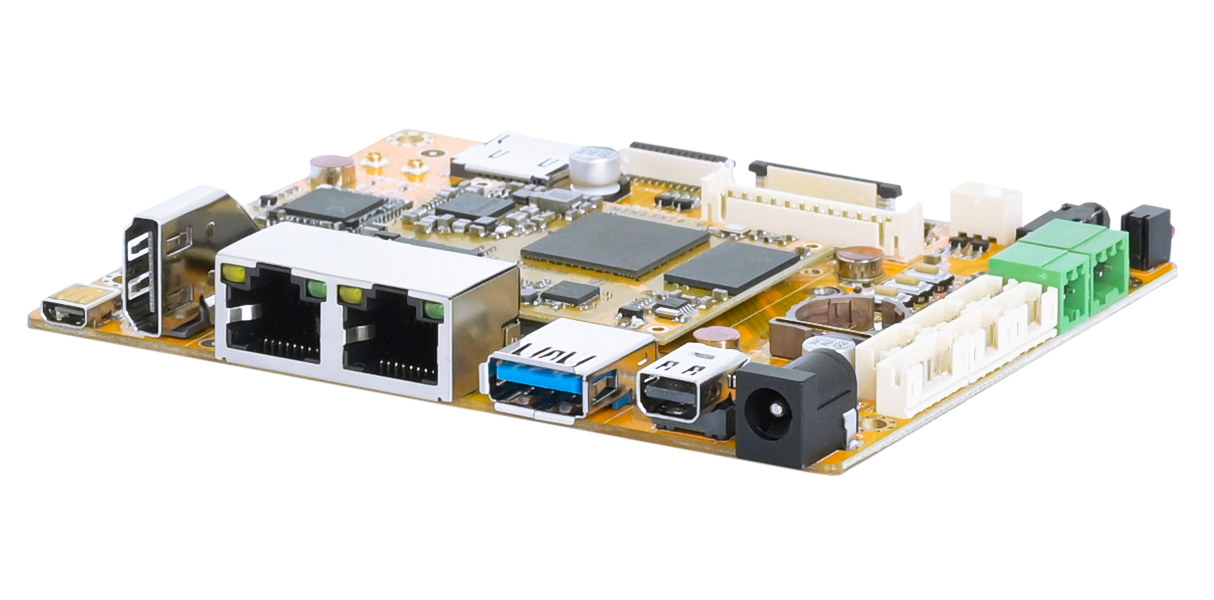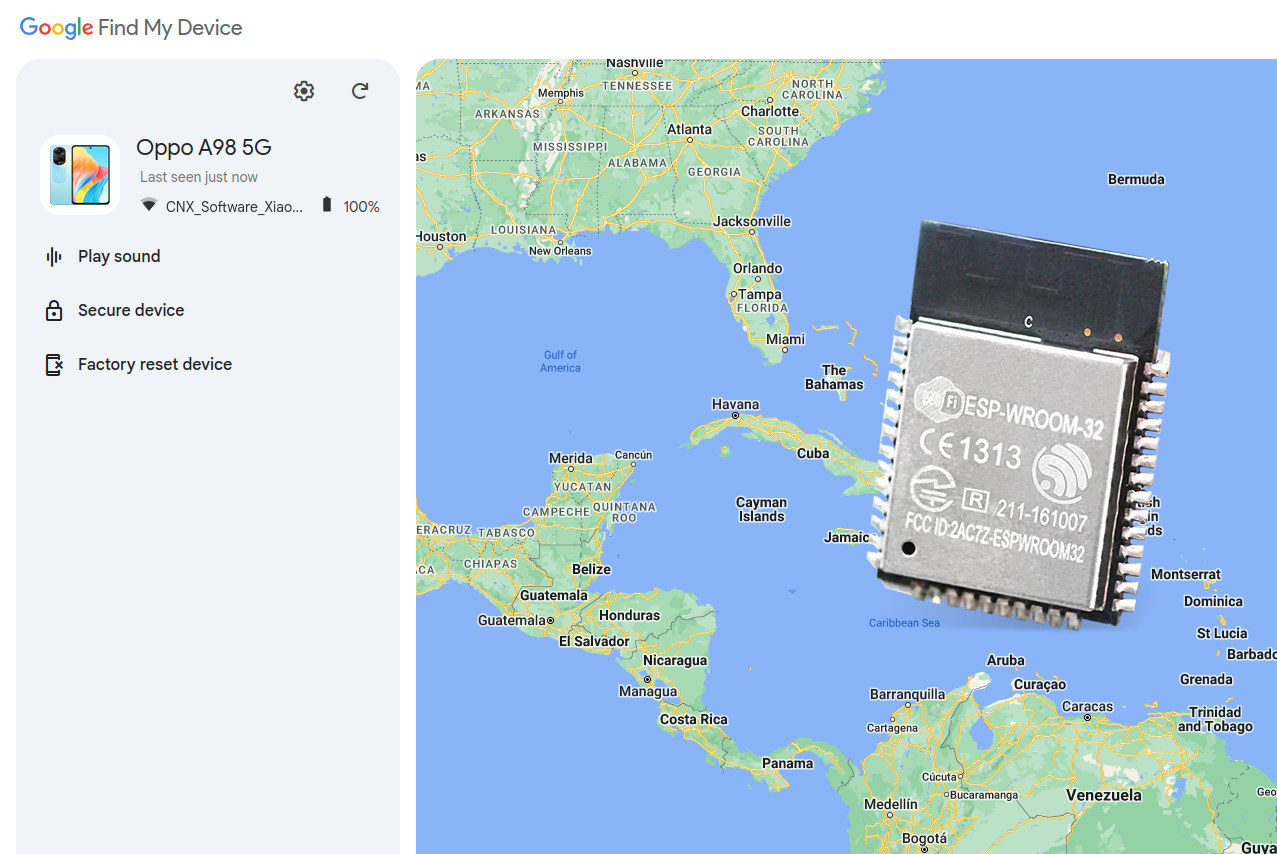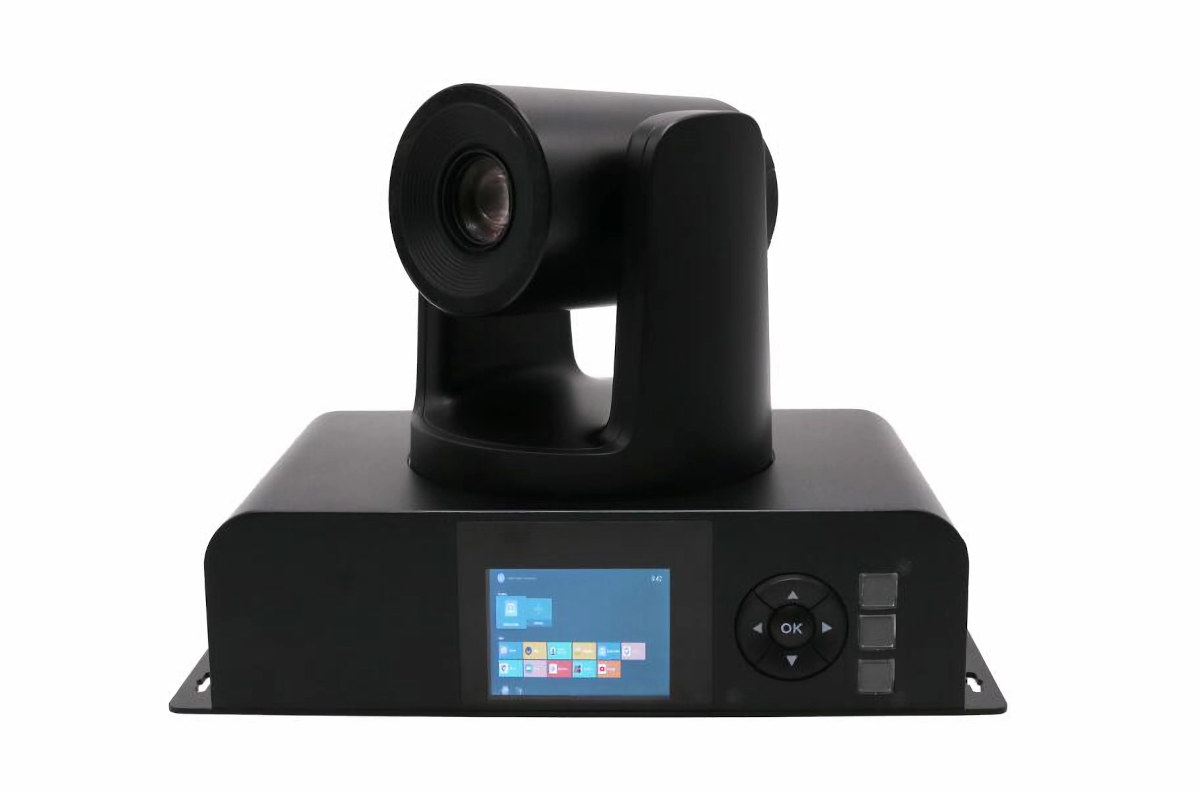WeAct MSPM0G3507 is a BluePill-like development board equipped with Texas Instruments’ 80 MHz MSPM0G3507SRHBR Arm Cortex-M0+ mixed-signal MCU with 128KB flash and 32KB SRAM. The board features a USB-C port for power and programming, two buttons for Reset and BSL (Bootstrap Loader), a 4-pin SWD port for debugging, and two 18-pin headers for GPIOs, CAN Bus, ADC, DAC, I2C, UART, and other interfaces. The MSPM0G350x microcontroller also comes with a math accelerator for DIV, SQRT, MAC, and TRIG computations which could prove useful for control control and signal processing. WeAct MSPM0G3507 specifications: MCU – Texas Instruments MSPM0G3507 Arm Cortex-M0+ microcontroller at 80 MHz with 128KB flash, 32KB SRAM, 2x 4Msps ADC, DAC, 3x COMP, 2x OPA, CAN FD, MATHACL math accelerator USB – USB-C port for power and programming via CH340X USB to TTL chip Expansion – 2x 18-pin with power signals, I2C, SPI, GPIOs, ADC inputs, DAC, CAN Bus, […]
Sipeed NanoKVM-USB low-cost USB KVM solution works with Google Chrome or other compatible web browsers
Sipeed NanoKVM-USB is an inexpensive and tiny full HD USB KVM solution with HDMI and USB-C inputs connected to the target, and another USB-C port that connects to the host remotely controlling the target with keyboard, mouse, and monitor emulation. The NanoKVM-USB also features a USB Type-A port that can be switched between host and target modes, for instance, to share a USB drive between the two computers. That’s the third KVM solution from Sipeed after the original NanoKVM KVM-over-IP cube relying on Ethernet connectivity to the host and the NanoKVM-PCIe that takes its power from a PCIe slot in the target machine while using Ethernet or WiFi 6 for connectivity to the host machine. The NanoKVM-USB does without Ethernet or WiFi and instead relies on USB to control additional machines with a single keyboard, mouse, and monitor – or laptop – shared between the host and the target(s). NanoKVM […]
Orange Pi AIPro (8T) SBC features a 8 TOPS Huawei Ascend AI SoC, runs Ubuntu or openEuler
Orange Pi AIPro (8T) is a new single board computer for AI applications that features an unnamed Huawei Ascend AI quad-core 64-bit processor delivering up to 8 TOPS (INT8) of AI inference performance, although there’s also a 20 TOPS (INT8) variant of the SoC. The SBC comes with up to 16GB LPDDR4X and a 32MB SPI flash but also supports other storage options such as a microSD card, an eMMC flash module, and/or an M.2 NVMe or SATA SSD. The board also features two HDMI 2.0 ports, one MIPI DSI connector, a 3.5mm audio jack, two MIPI CSI camera interfaces, Gigabit Ethernet and WiFi 5 connectivity, a few USB ports, and a 40-pin GPIO header for expansion. Orange Pi AIPro specifications: SoC – Huawei Ascend quad-core 64-bit processor delivering up to 8 TOPS (INT8) AI performance and equipped with an unnamed 3D GPU; Likely Ascend 310B with Arm Cortex-A76 equivalent […]
CWWK X86-P6 Pocket NAS / PC features Intel N150 or Core 3 N355 CPU, four NVMe SSD sockets, dual 2.5GbE, dual HDMI 2.0
CWWK X86-P6 is a pocket-sized mini PC and NAS powered by either an Intel Processor N150 or Core 3 N355 Twin Lake processor, and equipped with four M.2 Key-M sockets slot for NVMe SSDs or AI accelerators. The Twin Lake mini PC supports up to 48GB DDR5 memory, features two 2.5GbE ports, two HDMI 2.0 video output, and two USB 3.0 ports, and can take Intel AX211 or BE200 WiFi 6/7 wireless modules. CWWK X86-P6 specifications: Twin Lake SoC (one or the other) Intel Processor N150 quad-core processor @ up to 3.6 GHz (Turbo) with 6MB cache, 24EU Intel UHD graphics @ 1.0 GHz; TDP: 6W Intel Core 3 N355 octa-core processor @ up to 3.9 GHz (Turbo) with 6MB cache, 32EU Intel UHD graphics @ 1.35 GHz; TDP: 15W System Memory – Up to 48GB DDR5 4800 MHz via SO-DIMM socket Storage – 4x M.2 M-key 2280 (PCIe 3.0 […]
Boardcon SBC3576 – A feature-rich Rockchip RK3576 SBC with HDMI, mini DP, dual GbE, WiFi 6, optional 5G/4G LTE module, and more
Boardcon SBC3576 is a feature-rich single board computer (SBC) based on the MINI3576 system-on-module powered by a Rockchip RK3576 AI SoC and equipped with two 100-pin and one 44-pin board-to-board connectors for interfacing with the carrier board. The carrier board is equipped with up to 8GB RAM, 128GB eMMC flash, two gigabit Ethernet ports, a WiFi 6 and Bluetooth 5.3 module, 4K-capable HDMI 2.1 and mini DP video outputs, a mini HDMI input port, a USB 3.0 Type-A port, RS485 and CAN Bus terminal block, and more. The Rockchip RK3576 SoC comes with the same 6 TOPS NPU found in the Rockchip RK3588/RK3588S SoC and can be used as a lower-cost alternative with less performance. Boardcon SBC3576 specifications: SoC – Rockchip RK3576 CPU 4x Cortex-A72 cores at 2.2GHz, four Cortex-A53 cores at 1.8GHz Arm Cortex-M0 MCU at 400MHz GPU – ARM Mali-G52 MC3 GPU clocked at 1GHz with support for OpenGL […]
Edge video processing platform features NXP i.MX 8M Plus, i.MX 93, or i.MX 95 SoC, supports up to 23 camera types
DAB Embedded AquaEdge is a compact computer based on NXP i.MX 8M Plus, i.MX 93, or i.MX 95 SoC working as an edge video processing platform and supporting 23 types of vision cameras with resolution from VGA up to 12MP, and global/rolling shutter. The small edge computer features a gigabit Ethernet RJ45 jack with PoE to power the device. It is also equipped with a single GSML2 connector to connect a camera whose input can be processed by the built-in AI accelerator found in the selected NXP i.MX processors. Other external ports include a microSD card slot, a USB 3.0 Type-A port, and a mini HDMI port (for the NXP i.MX 8M Plus model only). DAB Embedded AquaEdge specifications: SoC / Memory / Storage options NXP i.MX 8M Plus CPU – Quad-core Cortex-A53 processor @ 1.8GHz, Arm Cortex-M7 real-time core AI accelerator – 2.3 TOPS NPU VPU Encoder up to […]
GoogleFindMyTools locates ESP32-based Bluetooth trackers using Google Find My Device network
Leon Böttger’s GoogleFindMyTools is a re-implementation of Google’s Find My Device network. It works with Android devices and commercial trackers, but experimental support for ESP32-based trackers has recently been added.
The implementation features two components. First, the main.py Python script that will list and locate devices, and then the ESP32 firmware implemented in C with the ESP-IDF. The host computer will also need several Python libraries that can be installed with “pip install -r requirements.txt” and Google Chrome web browser.
This is the output of the Python script on my Ubuntu laptop:
Mekotronics R58-PTZ video surveillance/live streaming embedded computer features a PTZ camera, two HDMI input ports
I swear it’s not an AI-generated picture of a device, but the Mekotronics R58-PTZ is real and just another unusual Rockchip RK3588 hardware platform from the company that’s an embedded computer with a 3-inch display on the front panel and a PTZ (Pan-Tilt-Zoom) camera placed on top. Mekotronics describes it as a live-streaming box designed for video surveillance, so I assume its main use case is to leverage to built-in 6 TOPS NPU for live streaming with some real-time effect and/or surveillance applications detecting persons, masks, etc… especially it also offers two HDMI inputs for extra cameras. Mekotronics R58-PTZ specifications: SoC – Rockchip RK3588 octa-core processor with CPU – 4x CortexA76 cores @ up to 2.4 GHz, 4x CortexA55 core @ 1.8 GHz GPU – Arm Mali-G610 MP4 GPU with support for OpenGL ES 1.1/2.0/3.2, OpenCL 2.2, Vulkan 1.2 Video decoder – 8Kp60 H.265, VP9, AVS2, 8Kp30 H.264 AVC/MVC, 4Kp60 […]


